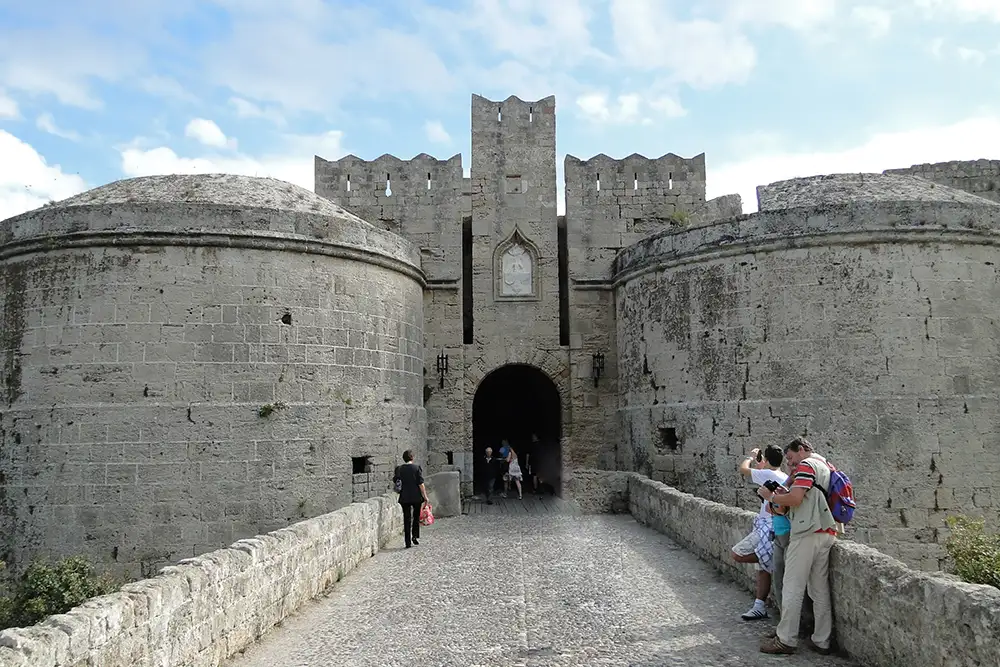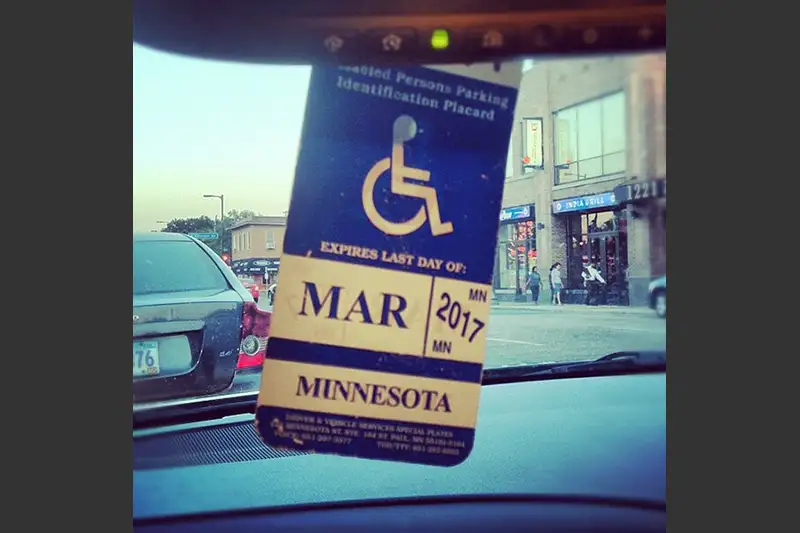 I have a accessible parking placard that was issued to me in CA, and I’d like to take a few road trips out of state. First I’d like to hit the road and travel across the US and visit some national parks along the way. After I have the hang of a road trip, I’d like to fly to Europe, rent a car and explore Germany, Austria and Switzerland. My one big question is, can I use my parking placard in other US states as well as in Europe, or do I need to get other permits? Also can you tell me where I can find out about accessible parking regulations in Europe?
I have a accessible parking placard that was issued to me in CA, and I’d like to take a few road trips out of state. First I’d like to hit the road and travel across the US and visit some national parks along the way. After I have the hang of a road trip, I’d like to fly to Europe, rent a car and explore Germany, Austria and Switzerland. My one big question is, can I use my parking placard in other US states as well as in Europe, or do I need to get other permits? Also can you tell me where I can find out about accessible parking regulations in Europe?
Using an Accessible Parking Placard in the US
For the most part, a parking placard issued in any US state is good in all 50 states. The one big exception to this rule is New York City. Although out-of-state placards are good in New York state, you cannot use them to park on the street in New York City. You can however use out-of-state placards in accessible spaces in off-street lots in New York City.
In order to park on the street in New York City, you need a New York City Parking Permit for People with Disabilities (NYC PPPD). This permit allows people with a severe permanent disability to park at most curbside locations in New York City. It is available to both city residents and non-city residents who have a severe disability that affects their ability to walk. This permit is generally for people who are unable use public transportation, and require the use of a private vehicle.
In order to obtain a NYC PPPD your disability must be certified by your personal physician, as well as a New York City physician designated by the Department of Health and Mental Hygiene Medical Certification Unit. For more information about the NYC PPPD, visit nyc.gov/html/dot/html/motorist/pppdinfo.shtml.
Since you plan to visit US national parks, it doesn’t sound like you will need a NYC PPPD. That said, check out emerginghorizons.com/tips-for-exploring-a-national-park-in-a-wheelchair/ for tips and resources for visiting a national park in a wheelchair.
Using an Accessible Parking Placard in Europe
Your parking placard is also valid in Europe, so definitely take it with you. In 1997 the European Conference of Ministers of Transport (ECMT) passed Resolution No. 97/4, on Reciprocal Recognition of Parking Badges for Persons with Mobility Handicaps. As of Jan. 1, 1999, travelers from associate countries, including the USA and Canada, are also included in this resolution.
The resolution requires permit holders to “display a document that shows the international symbol for persons with disabilities, as well as the name of the holder of the document,” in order to receive reciprocal parking privileges in ECMT countries. And most European countries honor this reciprocal agreement.
Accessible parking rules and regulations vary from country to country, but
disabledmotorists.eu/en/home/ offers a good overview of the major rules in the different European countries. It also gives a state-by-state over view of the accessible parking regulations in all 50 US states. It’s a great resource to consult before you hit the road.


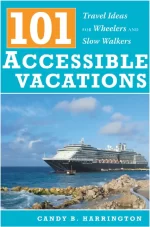
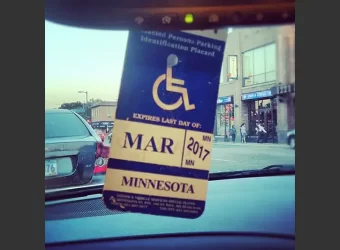







 If a trip to Portugal is on your travel wish-list, then check out this wheelchair-accessible villa in the Algarve. The four-bedroom unit can accommodate up to seven adults and two toddlers. It’s equipped with an accessible bathroom that’s outfitted with a with a roll-in shower with grab bars and a hand-held showerhead. A shower-commode chair and a toilet-riser are also available; and the bathroom also has an accessible vanity area as well as a lowered mirror. There’s good access to all the public spaces including the fully equipped kitchen and the patio and BBQ area. And the swimming pool is even equipped with a battery-powered lift.
If a trip to Portugal is on your travel wish-list, then check out this wheelchair-accessible villa in the Algarve. The four-bedroom unit can accommodate up to seven adults and two toddlers. It’s equipped with an accessible bathroom that’s outfitted with a with a roll-in shower with grab bars and a hand-held showerhead. A shower-commode chair and a toilet-riser are also available; and the bathroom also has an accessible vanity area as well as a lowered mirror. There’s good access to all the public spaces including the fully equipped kitchen and the patio and BBQ area. And the swimming pool is even equipped with a battery-powered lift.
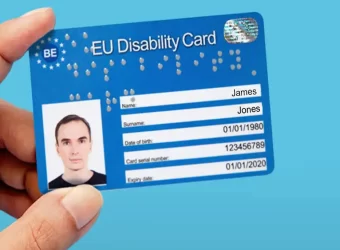



 Wheelchair-accessible Netherlands tours are available through AmsterdaMobile (
Wheelchair-accessible Netherlands tours are available through AmsterdaMobile (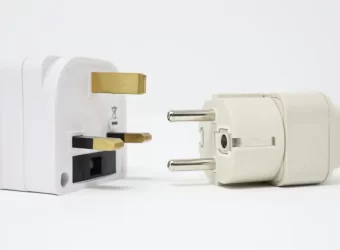
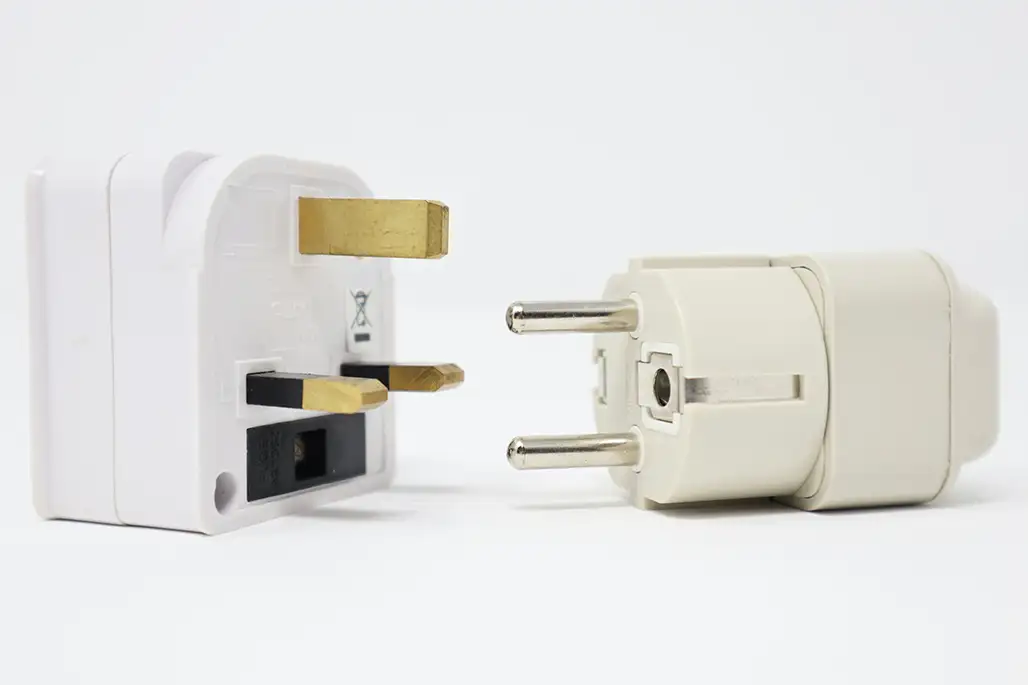 I use a power wheelchair and I will be taking a European vacation with my husband next year to celebrate our 25th wedding anniversary. I’m wondering if I need any special equipment or plugs for charging a power wheelchair in Europe? Can I just plug it into the outlet in my hotel room? Any tips will be greatly appreciated.
I use a power wheelchair and I will be taking a European vacation with my husband next year to celebrate our 25th wedding anniversary. I’m wondering if I need any special equipment or plugs for charging a power wheelchair in Europe? Can I just plug it into the outlet in my hotel room? Any tips will be greatly appreciated.
